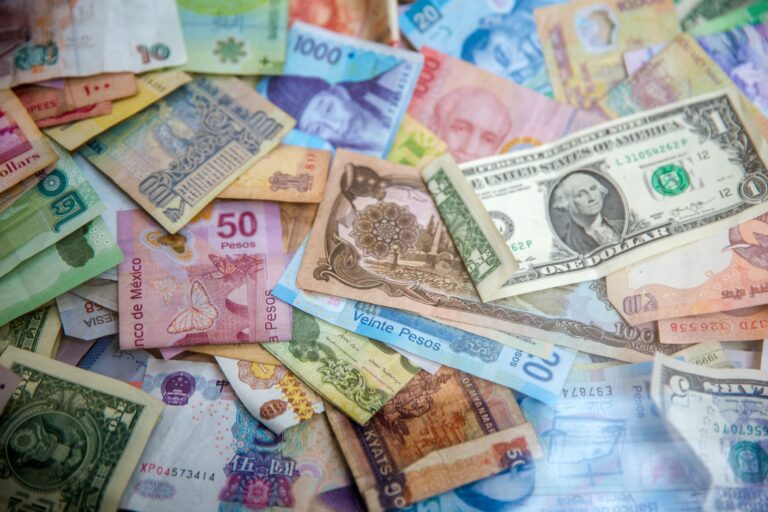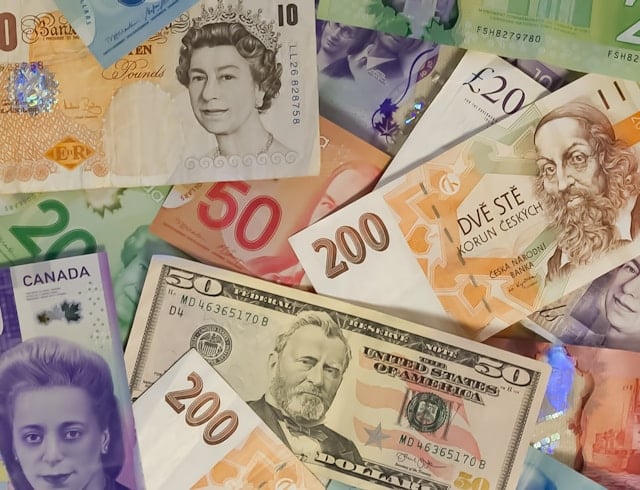Welcome to our comprehensive hub on global currencies. Whether you’re curious about the history of money, interested in exchange rates, or looking to understand the nuances of different currencies, you’ve come to the right place. Explore our curated content to deepen your knowledge and navigate the world of finance with confidence.
Understanding Global Currencies
What Is Currency?
Currency refers to the system of money in general use within a particular country. It encompasses coins, banknotes, and digital forms of money. Each currency has its own unique history, design, and value, influenced by various economic and political factors.
Types of Currency
- Commodity Money: Backed by a physical good, such as gold or silver.
- Fiat Money: Has value because a government maintains it, not because it is backed by a physical commodity.
- Fiduciary Money: Relies on the trust that it will be accepted in exchange for goods and services.
- Cryptocurrency: A digital or virtual currency that uses cryptography for security and operates independently of a central bank.
Currency Exchange and Transfer
Exchange Rates Explained
An exchange rate determines how much one currency is worth in terms of another. These rates fluctuate based on economic indicators, market demand, and geopolitical events.
Transferring Money Internationally
Sending money across borders has become more accessible with digital platforms. Understanding exchange rates and transfer fees is crucial to ensure your funds reach their destination efficiently.
Spotlight on Global Currencies
Explore detailed profiles of various currencies to understand their history, current value, and unique features.
African Currencies
Africa is home to a wide variety of currencies that reflect the continent’s cultural richness, economic diversity, and colonial history. From the West African CFA franc used across multiple countries to the vibrant South African rand, explore how different nations in Africa manage and symbolize their economies.
- Central African CFA Franc (XAF) – Cameroon
- Egyptian Pound (EGP)
- Ethiopian Birr (ETB)
- Central African CFA Franc (XAF) – Gabon
- Gambian Dalasi (GMD)
- Guinean Franc (GNF)
- Namibian Dollar (NAD)
- Rwandan Franc (RWF)
- South African Rand (ZAR)
- Tanzanian Shilling (TZS)
- Tunisian Dinar (TND)
- Ugandan Shilling (UGX)
- Zambian Kwacha (ZMW)
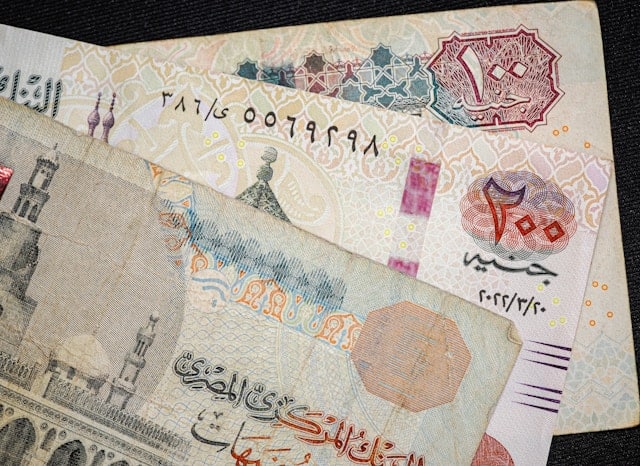
Asian Currencies
Asia includes some of the world’s strongest and most traded currencies as well as unique, lesser-known ones. This region spans powerhouse economies like Japan and China, and also features distinctive island and inland currencies with fascinating stories behind their designs and usage.
- Bangladeshi Taka (BDT)
- Cambodian Riel (KHR)
- Chinese Renminbi (CNY)
- Indonesian Rupiah (IDR)
- Japanese Yen (JPY)
- Lao Kip (LAK)
- Malaysian Ringgit (MYR)
- Maldivian Rufiyaa (MVR)
- Mongolian Tögrög (MNT)
- Nepalese Rupee (NPR)
- Singapore Dollar (SGD)
- Sri Lankan Rupee (LKR)
- Vietnamese Dong (VND)
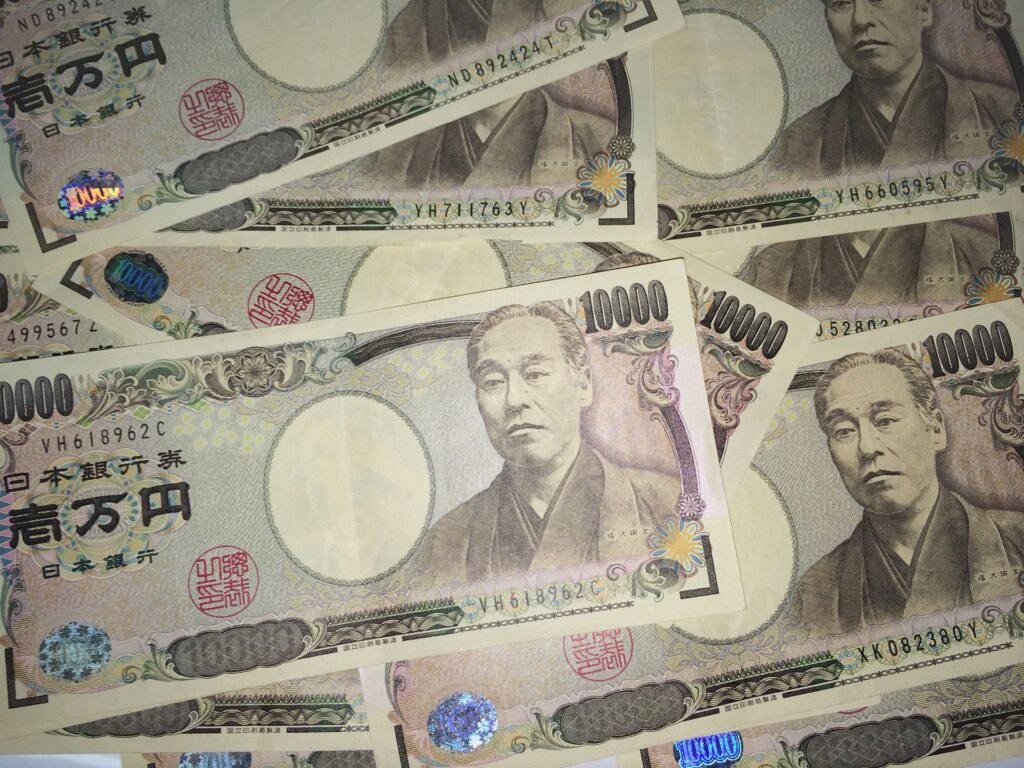
European Currencies
Europe offers a mix of unified and independent currency systems. While the euro dominates much of the European Union, many nations continue to use their own historic currencies. Learn how currencies in Europe reflect a blend of economic cooperation and national identity.
- Albanian Lek (ALL)
- Bulgarian Lev (BGN)
- Croatian Kuna (HRK)*
- Czech Koruna (CZK)
- Danish Krone (DKK)
- Hungarian Forint (HUF)
- Icelandic Króna (ISK)
- Polish Złoty (PLN)
- Romanian Leu (RON)
- Serbian Dinar (RSD)
- Swiss Franc (CHF)
- Ukrainian Hryvnia (UAH)
- British Pound (GBP)
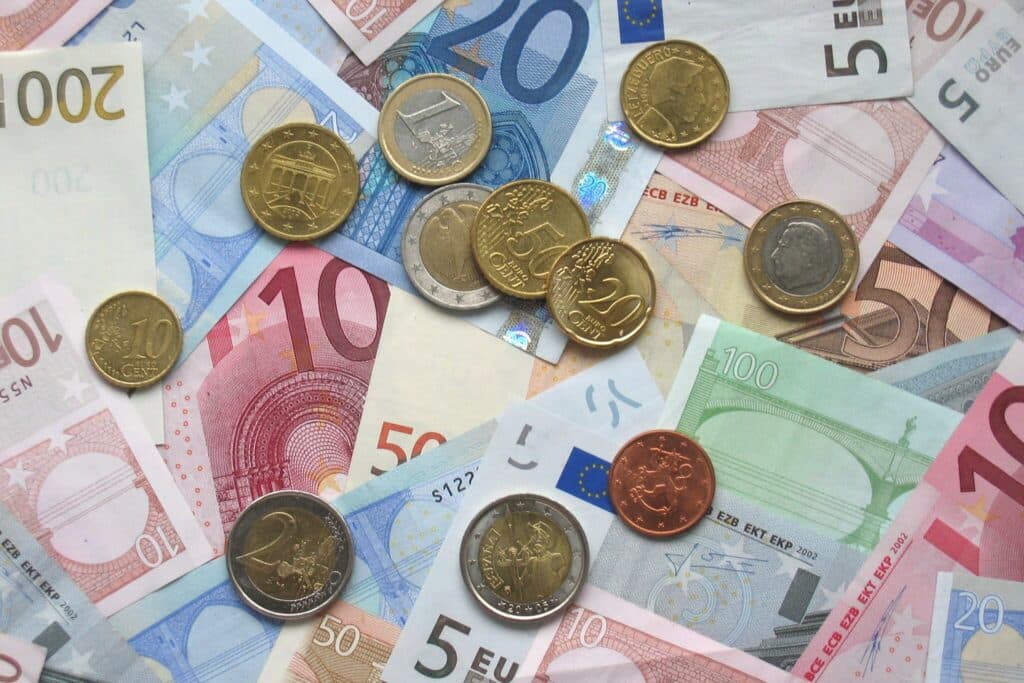
Latin American & Caribbean Currencies
Latin American and Caribbean currencies are influenced by colonial legacies, U.S. dollarization, and regional trade. Whether it’s the dynamic Brazilian real or the stable Bahamian dollar, these currencies help paint a picture of the region’s economic evolution and modern resilience.
- Argentine Peso (ARS)
- Aruban Florin (AWG)
- Bahamian Dollar (BSD)
- Bolivian Boliviano (BOB)
- Chilean Peso (CLP)
- Colombian Peso (COP)
- Costa Rican Colón (CRC)
- Guyanese Dollar (GYD)
- Nicaraguan Córdoba (NIO)
- Paraguayan Guaraní (PYG)
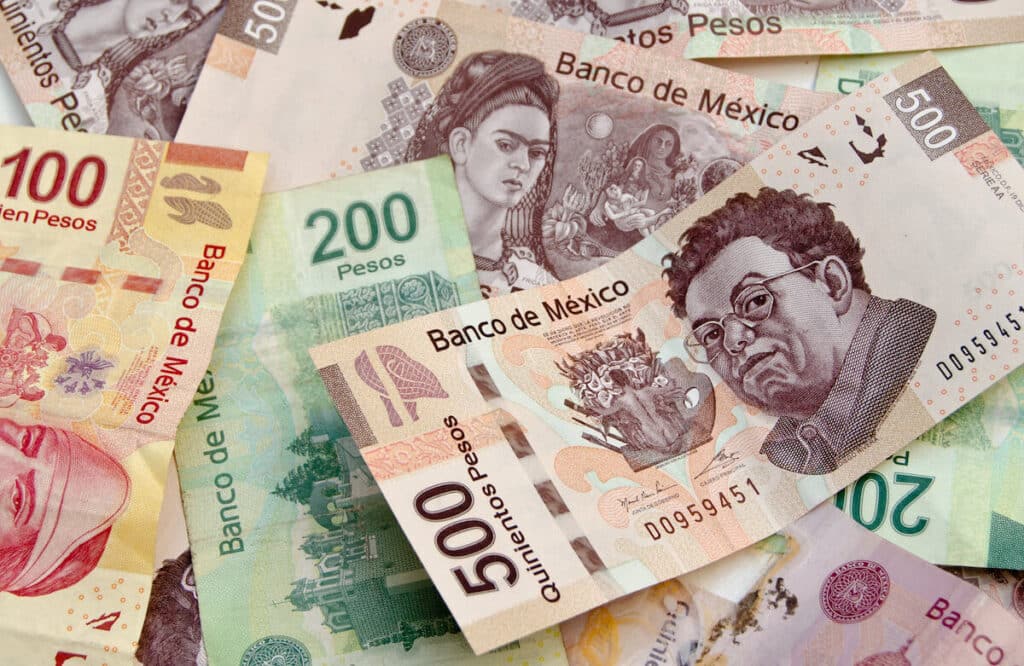
Middle Eastern Currencies
The Middle East is home to some of the most valuable currencies in the world. Thanks to oil wealth and economic stability, countries like Kuwait and Bahrain have maintained strong and globally respected currencies. Discover how these reflect both tradition and modern development.
Oceanian Currencies
Oceania features currencies that are as vibrant and varied as the islands themselves. With economies often tied to tourism, remittances, and regional trade, currencies in this region include both powerful global players like the Australian dollar and culturally rich smaller units like the Tongan paʻanga.
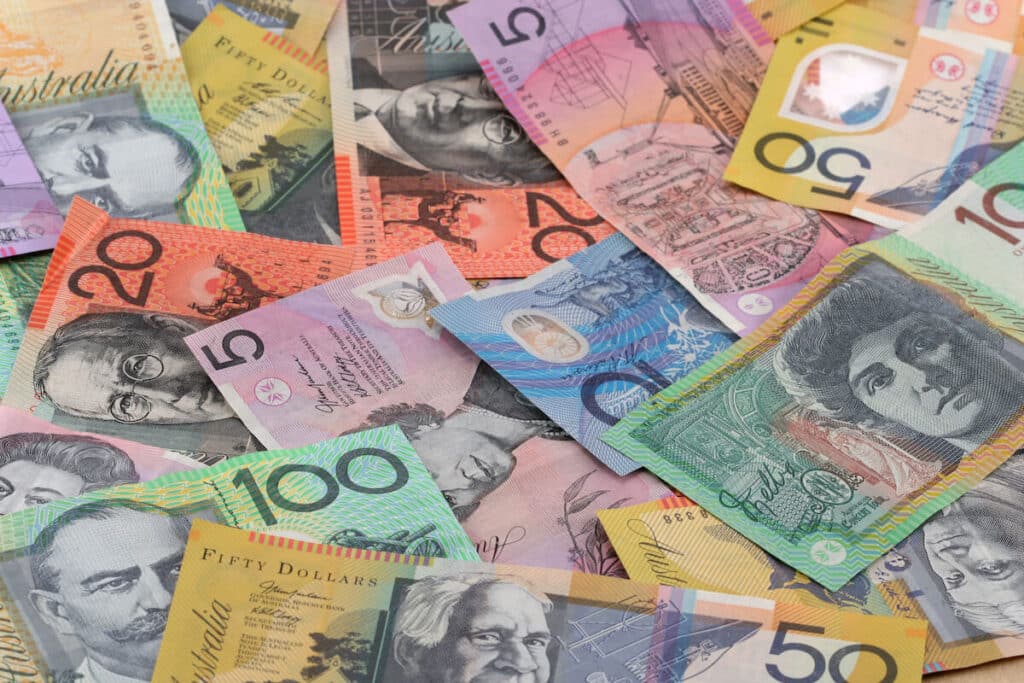
Notable Currency Facts
Strongest Currencies in 2025
- Kuwaiti Dinar (KWD): Renowned for its high value, primarily due to Kuwait’s substantial oil exports.
- Bahraini Dinar (BHD): Maintains strength through a fixed exchange rate and robust economy.
- Omani Rial (OMR): Backed by Oman’s stable economy and significant oil reserves.
- Jordanian Dinar (JOD): Known for its consistent exchange rate and economic stability.
- British Pound (GBP): One of the oldest currencies still in use, reflecting the UK’s economic influence.
Most Traded Currencies
- US Dollar (USD): Dominates global trade and is the primary reserve currency.
- Euro (EUR): Widely used across Europe and significant in international finance.
- Japanese Yen (JPY): A major player in the Asian markets and global trade.
- British Pound (GBP): Influential in global markets, especially in Europe.
- Australian Dollar (AUD): Prominent in the Asia-Pacific region and commodity markets.
Frequently Asked Questions (FAQs) About World Currencies
What is the most traded currency in the world?
The U.S. dollar (USD) is the most traded currency globally. It’s used in the majority of international transactions and serves as the world’s primary reserve currency.
How many different currencies are used worldwide?
There are around 180 recognized currencies used across 195 countries.
Why do some countries use the same currency name, like ‘dollar’?
Names like “dollar” or “peso” are used by multiple countries for historical or linguistic reasons. However, each has a unique ISO currency code, like USD for the U.S. dollar or AUD for the Australian dollar.
What’s the difference between fiat money and cryptocurrency?
Fiat currency is government-issued money not backed by a physical commodity, while cryptocurrency is decentralized digital money secured by blockchain technology.
How do exchange rates work?
Exchange rates reflect how much of one currency can be exchanged for another. They fluctuate based on supply, demand, inflation, interest rates, geopolitical events, and other external factors.
Can I use U.S. dollars in other countries?
Yes, some countries like Ecuador and El Salvador officially use the U.S. dollar, while others accept it informally.
What’s the rarest currency in the world?
The rarest modern currency might be the South Sudanese pound (SSP), introduced in 2018.
How can I send money internationally?
International money transfers are made easier with digital services that allow you to send money globally with minimal fees.
